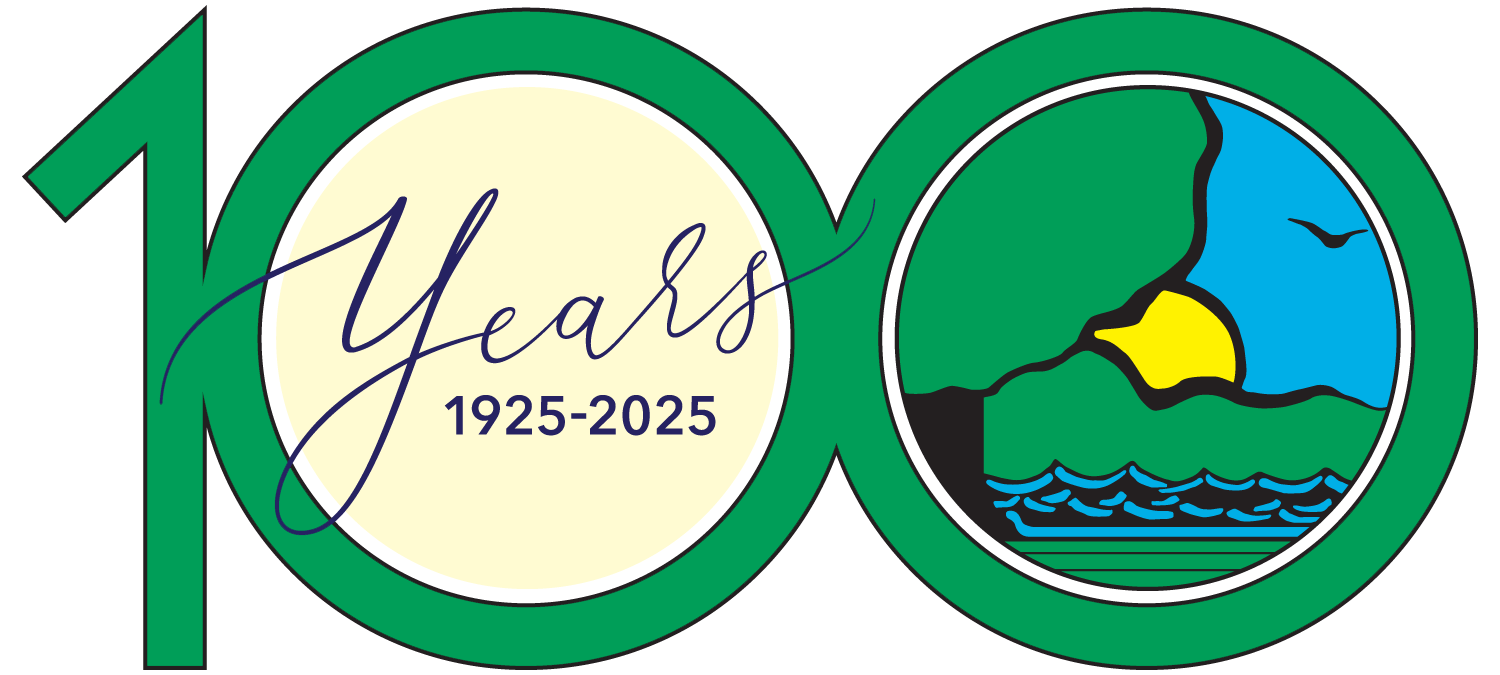
Photo by David Parker, Pixabay.



Photo by David Parker, Pixabay.
It’s the stuff of legend.
Wild game was disappearing, and dedicated conservationists gathered for dinner to form a new organization. That new group, the Boone & Crockett Club, was founded by Theodore Roosevelt and George Bird Grinnell in 1887, well before Roosevelt ascended to the presidency.
The new group would advocate for wildlife laws, hunting ethics and regulations, national parks and other issues that would safeguard the future of wildlife and wild places.
Illinois was in a similar predicament.
Large mammals, such as black bears, gray wolves and mountain lions, were gone from the state by the 1860s. White-tailed deer, wild turkeys, beaver, otters, and other species were almost extirpated by the early 1900s.
Illinois’ first hunting license, issued in 1903, was almost too late.
Fast forward 138 years, and Roosevelt would be amazed.
Illinois has become a destination state for deer hunting. Wild turkeys, once rare, are now abundant.
And all of that on a landscape that supports two-and-a-half-times as many people as it did in 1900; from 4.8 million to 12.6 million in 125 years.
There is much work to do, but more than a century of conservation has resulted in remarkable successes.
On the timescale of nature, the passing of 100 years seems almost unimportant.
But, the formation of the Illinois Department of Conservation, later to become the Illinois Department of Natural Resources (IDNR), came at a time when coordinated action was needed to restore wildlife populations and manage those resources for the future.

Today’s Illinois Department of Natural Resources is a collection of smaller agencies brought together by Governor Jim Edgar in 1995.
The Department of Conservation combined with the Department of Mines and Minerals, Abandoned Mined Lands Reclamation Council, Illinois Department of Transportation (IDOT) Division of Water Resources, Illinois State Museum, the Scientific Surveys and Department of Energy and Natural Resources.
Today, IDNR employees about 1,250 employees located all over Illinois.
Of Illinois’ conservation success stories, the restoration of birds and wildlife dependent on large tracts of prairie remains, a significant challenge.
Illinois was once about two-thirds prairie, but with land use changes such as agriculture and development, much of the tallgrass prairie fell under the plow, or was redeveloped into cities and towns, with roadways connecting it all.
Changes in habitat and the advent of invasive species of plants and animals are two of the main reasons for the inclusion of many of species of the Illinois list of threatened and endangered species.
The past 30 years have seen the introduction of invasive species, including invasive silver, bighead, grass and black carp. Plants like buckthorn, bush honeysuckle, autumn olive, multiflora rose, and a host of others have challenged land managers and agency budgets.
During 2025, IDNR will look back on past successes, evaluate current challenges, and lay out a vision for the future. We hope you will join the conversation, sharing cherished memories of hours spent outdoors, and offering ideas to take conservation into the next 100 years.

1853: First game law passed by Illinois General Assembly.
1885: First game wardens appointed by the Governor.
1858: Natural History Society (forerunner of the Illinois Natural History Survey) was established at Illinois State Normal University (now Illinois State University).
1901: Temporary moratorium on deer hunting established that was supposed to last five years.
1903: The Office of the State Game Commission was established. Resident and non-resident hunting license requirements were set up for the first time.
1903: Fort Massac, which would become the first state park in Illinois, acquired by state.
1908: Ft. Massac dedicated as first State Park.
1911: Starved Rock established as second State Park.
1913: State Fish and Game Commission established, but later disbanded.
1914: Spring waterfowl hunting was banned.
1918: Migratory Bird Treaty Act signed by Canada and the United States.
1925: Department of Conservation established.
1946: First experimental aerial waterfowl survey conducted by Frank Bellrose, Illinois Natural History Survey waterfowl biologist.
1957: First modern deer hunting season held.
1930: Translocations of deer begin to restore Illinois herd.
1937: Federal Pittman-Robertson Act passed to help wildlife conservation.
1950: Federal Dingell-Johnson Act passed to help fund sportfish restoration.
1969: Illinois began stocking salmon in Lake Michigan after Michigan started a successful program in 1966. Attempts to stock salmon in Lake Michigan go back to late 1800s.
1970: First Earth Day.
1970: First wild turkey season (turkeys considered extirpated by 1910).
1983: Jake Wolf Memorial Fish Hatchery opened.
1991: Lead shot banned for waterfowl hunting nationwide.
1995: Illinois Department of Natural Resources formed through consolidation of Departments of: Conservation, Mines and Minerals, Abandoned Mined Lands Reclamation Council, IDOT Division of Water Resources, Illinois State Museum, the Scientific Surveys and Department of Energy and Natural Resources.
2002: First case of chronic wasting disease discovered in Boone County.
2007: America bald eagle removed from federal list of threatened and endangered species.
2023: Illinois Nature Preserves Commission celebrated 60th anniversary of the Illinois Natural Areas Protection Act.
2023: Illinois Endangered Species Protection Board celebrated 50 years.

Chris Young is Director of the Illinois Department of Natural Resources’ Office of Resource Conservation.
Submit a question for the author